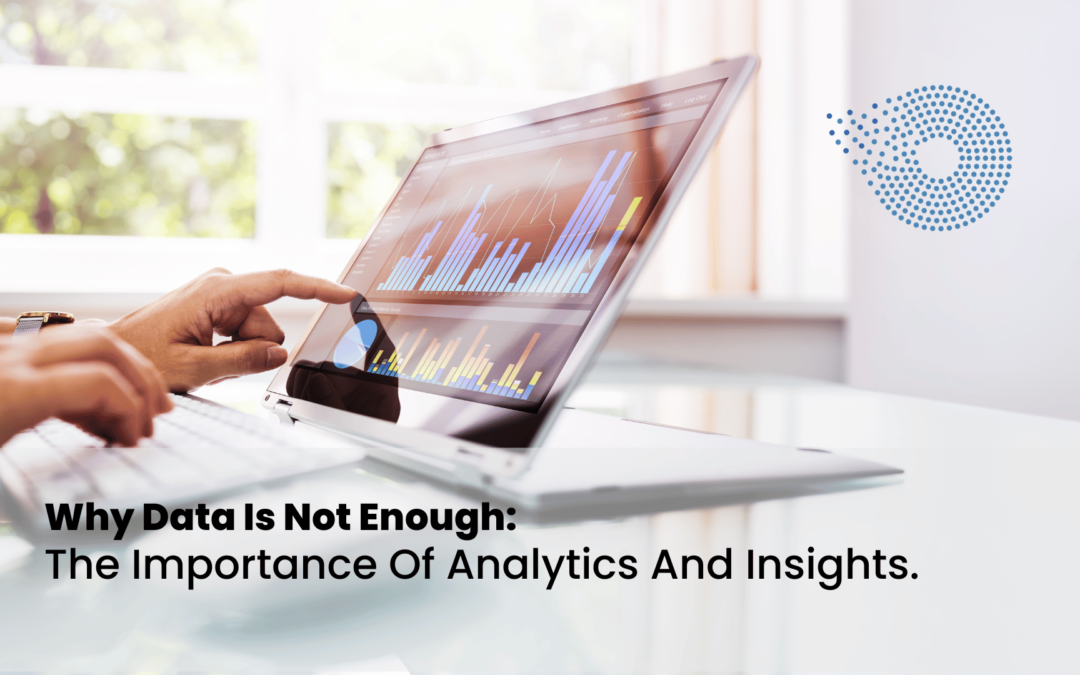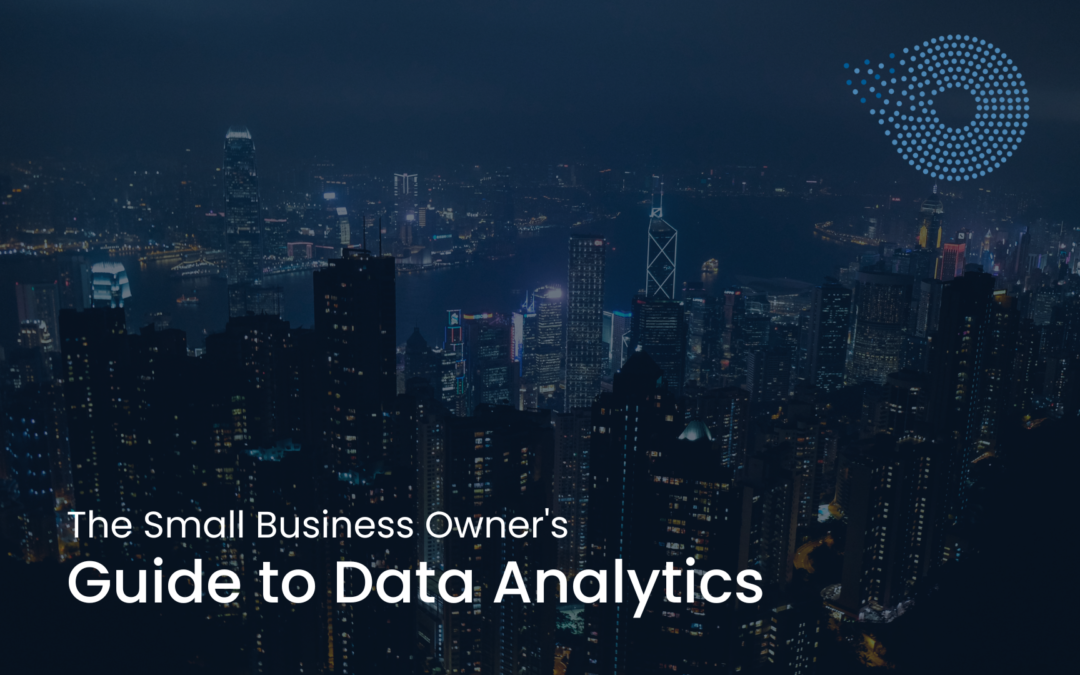
Why Data Is Not Enough: The Importance Of Analytics And Insights.
Analytics are now used by more than just large, big businesses. With 59% of companies employing analytics in some way, it is already widely used. And businesses are making use of this technology in a variety of ways.
What is the Difference Between Data, Analytics & Insights?
When we define the terms clearly, the variations become evident:
- Data = a collection of facts.
- Analytics = organizing and examining data.
- Insights = discovering patterns in data.
The Real Potential of Insight-Driven Advertising
Their actual worth lies in the power of data and analytics to produce in-depth insights. Many data points are possible.
But you need to be able to process and arrange that data to derive insightful information from it.
These mobile insights are aided by predictive app marketing, which gives apps rapid insight by identifying which customers are most likely to quit or convert in the future based on the app’s very own data.
Following that, brands can use these prescient data to boost conversions and proactively stop defection.
What Is Data?
Data are the details you learn about users, such as their demographics, behaviors, and activities.
More data than ever before are now available to us. More data has been produced recently than at any other time in human history, and this trend is expected to continue.
Data gathering and storage have gone way up as many methods exist to connect to and use the internet.
Big data has become the new standard as organizations gather consumer data through numerous channels, such as apps, email, and online browsing.
Despite the massive quantity of data, it isn’t easy to interpret without cleaning and deduplicating it.
What is Analytics?
Analytics is the process of identifying patterns and trends in your data.
Analytics are essential for data to be helpful. Analytics is making sense of your data and identifying significant trends.
These vast data sets contain immense importance that applications and other businesses can only access with analytics.
Your data may show that you have some numbers.
The information isn’t beneficial, but an analytics tool might dig deeper into it. This converts your data and offers you the first idea of how successful your mobile app marketing is.
What are Analytical Insights?
The benefit derived from the usage of analytics is insight. Analytical insights are practical and can be used to expand your brand while detecting potential markets.
Insights may reveal that increase in purchases if we stick with the same example.
Now that you know how successful your push campaigns are, you can keep testing new ideas and improving your messaging to increase sales even more.
Examples Of Data Insights
Several sectors and organizational departments will have different data insights. Yet, the four essential data insight examples that are provided below can be used by various teams.
Data Insights which:
- Improve processes to boost output.
- Find new markets for your goods and services to generate new revenue sources.
- To lessen the loss, better balance risk and return.
- Increase customer knowledge to boost lifetime value and loyalty.
Advantages Of Data Analytics Insights
An Organisation Can Make Better Judgements With Data Analytics Solutions.
Organizational decisions are frequently based more on instinct than on facts and figures. One reason for this can be a lack of access to high-quality data that would help in decision-making.
Analytics may assist in converting the available data into useful information for executives to make better decisions.
Fewer bad decisions could be a source of competitive advantage since bad choices can harm several things, including corporate growth and profitability.
Boost The Effectiveness Of The Work
Analytics may assist in quickly analyzing vast quantities of information and displaying it in a structured fashion to help achieve specific organizational goals.
By enabling the management to communicate the insights from the analytics results with the staff, it promotes an environment of efficiency and cooperation.
A company’s weaknesses and potential areas for improvement become apparent, and steps can be taken to improve workplace efficiency and boost productivity.
The Analytics Keeps You Informed Of Any Changes In Your Customers’ Behaviour.
There are many options for clients. If businesses are not responsive to the wants and needs of their customers, they may quickly slide into a problem.
In this age of digitization, customers frequently encounter new information, which causes them to change their thoughts.
With the help of analytics, it is almost possible for enterprises to understand all the changes in consumer perception data, given a large amount of customer data.
Analytics can help you understand your target market’s mentality and whether it has changed.
Consequently, being aware of the shift in client behavior can provide a significant edge to organizations so that they can react faster to market developments.
Products And Services Are Customised
The days when a business could provide customers with uniform goods and services are gone forever. Consumers want goods and services that can suit their specific requirements.
Analytics may help companies track the kind of product, service, or content that customers prefer and then make recommendations based on those preferences.
For instance, we typically see what we want to see on social media, thanks to the data collecting and analytics performed by businesses.
Data analytics services allow customers to receive customized services based on their unique needs.
Enhancing The Quality Of Goods And Services
By identifying and fixing faults or preventing non-value-added tasks, data analytics solutions can aid in improving the user experience.
Self-learning systems, for instance, can make the required adjustments to improve the user experience by using data to understand how users interact with tools.
Data analytics services can also aid in automatic data cleansing, enhance data quality, and ultimately benefit customers and enterprises.
Limitations Of Data Analytics Insights
- Lack of alignment within teams
- Lack of commitment and patience
- Low quality of data
- Privacy concerns
- Complexity & Bias
How to Get Data Insights?
Determining objectives, gathering, integrating, and maintaining the data, analyzing the data to derive insights, and finally distributing these insights are typical steps in obtaining actionable data insights.
Establish business goals
Stakeholders start the process by outlining specific goals, such as enhancing production procedures or identifying the most successful marketing campaigns.
Gathering of data
Ideally, methods for gathering and storing raw source modern data stack already exist. If not, the company must set up a systematic data collection strategy.
Data management and integration
Data integration is required to clean up source data so that it is analytics-ready after it has been gathered.
This method combines data replication, ingestion, and transformation to integrate various forms of data into standardized formats that can be kept in a repository like a data lake or data warehouse.
Data analysis
Users of data exploration software or business intelligence (BI) tools can collaborate to create data insights that address specific queries.
Afterward, users can use dashboards and reports to discuss their results.
Self-service analytics, which allows any user to evaluate data without writing code, is a feature of some contemporary technologies.
Because of this functionality, more users can collaborate with and gain insights from their data.
Key Features Of Modern Analysis Technologies That Produce Deeper Data Insights
Dashboards And Information Visualisation
People better understand and cooperate with data on interactive digital dashboards.
Improved Analytics
Artificial intelligence and machine learning improve your intuition by recommending analyses and insights for you to conduct.
Embedded Analytics
If analytical capabilities are built into the apps and workflows people frequently use, they will discover actionable data insights more quickly.
Choose The Right Tools
One of a company’s most precious assets, data can significantly impact its long-term performance.
Because of this, it’s crucial to use the appropriate technologies and tools to properly utilize all accessible data and make it as precise as possible.
These are some particular criteria we consider when evaluating tools and technology for precise data analysis:
- Normalizing data for the straightforward arrangement
- Shareable dashboards to facilitate team member communication
- Complete mobility
- Integration of third parties
While looking for tools, it’s a good idea to ask for a demo of any platform you’re considering to get a feel for how it operates, what the dashboard looks like, how user-friendly it is, and other factors.
Final Words
In a short time, analytics has advanced significantly. It can help with many different parts of operations and can change the game for many firms.
But, to achieve the best outcomes, businesses must understand how to use this technology best, enhance the quality of their data, and efficiently manage it.



